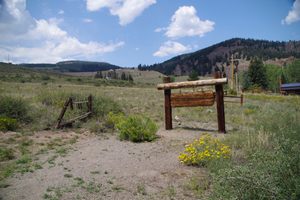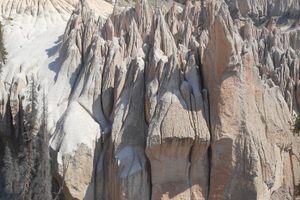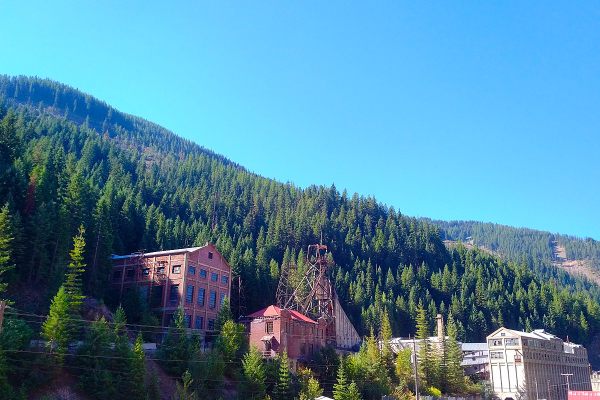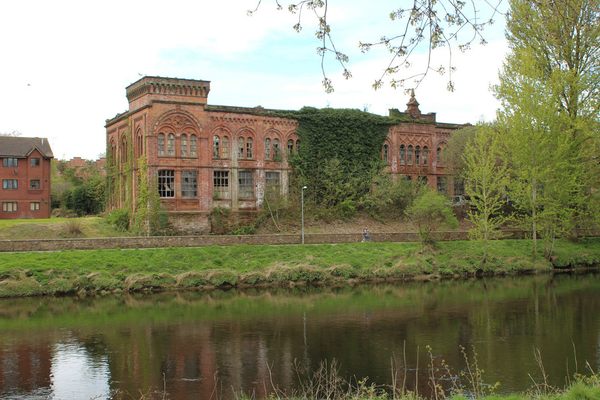About
IN AUGUST OF 1891, THEODORE Renniger was prospecting in the Willow Creek Canyon area when his burros wandered off. Renniger followed them, cursing the wayward animals and eventually finding them grazing on the slopes of Bachelor Hill. When he couldn’t budge the burros, he sat down… still cursing… and began to hammer on a rock outcropping. He struck a vein of amethyst that showed rich mineral content. He asked Nicholas Creede to return to the vein and confirm his discovery. Creede was so impressed by the vein that he begged Renniger to define his claim. Renniger established the Last Chance Mine, and Creede founded the Amethyst Mine next to Renniger's.
Bachelor Loop is a 17-mile drive through Creede Colorado's historic mining district. The town was established in 1892 after silver deposits were discovered at various locations throughout the canyon, though the earliest claims to sites were made as far back as 1883. The subsequent mining boom caused the population of Creede to swell to over 10,000 before a sharp drop in silver prices the following year triggered closures. A majority of the town's population departed the region.
Mining eventually ground to a halt in 1930, before reopening again in 1934. Mineral exploration in the region has continued on and off throughout the years.
The route also includes a climb up the Black Pitch. Ore was carried down the Black Pitch by mules and wagons. The steepness of the Black Pitch was too much for the primitive brakes on the wagons in the summer and the ice in the winter. As a result, many wrecked wagons as well as dead animals collected at the bottom of the Pitch. The wagons and animals were burned in place to clear the way for wagons going both up and down the road. The resulting macabre scene was called the “Bone Yard” which even today yields some bones of animals. Eventually, a tramway was built to carry ore, reducing the dangers of the Black Pitch.
Today, many of Creede's old mining structures still stand, and can be discovered beneath the shadowed cliffs of the basaltic canyon along the loop. There are 16 interpretive pullouts marked by numbered posts along the road. The loop carries visitors up through a majestic old bristlecone forest and concludes at the old townsite of Bachelor.
Related Tags
Know Before You Go
Starting near the Underground Firehouse and Creede Underground Museum, the Bachelor Historic Loop is a 17 mile loop that follows the vein and the mining activity in the Creede area.
The road is maintained and is in excellent condition and is passable in most cars. However, the road is very steep going north from Creede and four wheel drive makes the climb much easier. Two wheel drive automobiles may want to follow the loop backwards which is an easier climb.
An excellent guide has been produced by the Creede Historical Society. It is well worth the price of about $3. The guide can be purchased at the Creede Visitor Center or may be found at various merchants in Creede.
The loop can be completed in about 1.5 hours although more time may be necessary depending on stops and exploring. Please be mindful of the mines as they are private property and can be dangerous.
Published
November 18, 2021





































